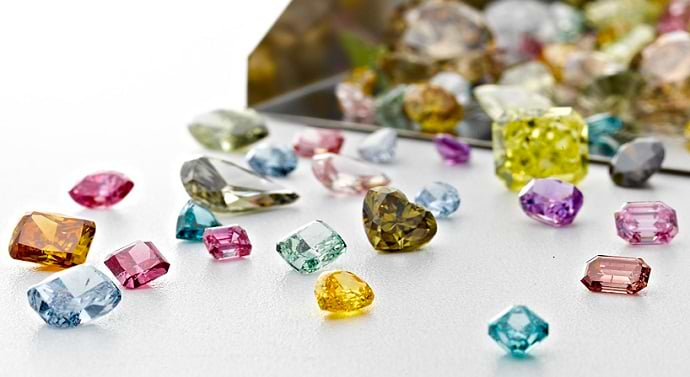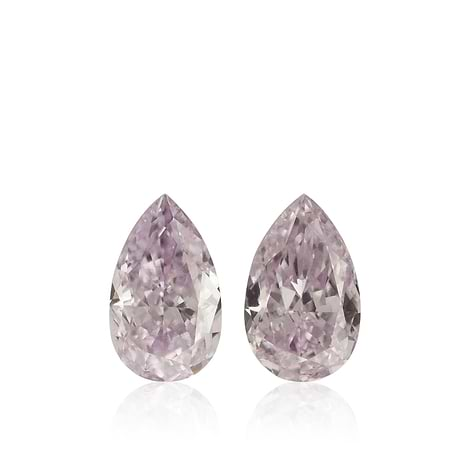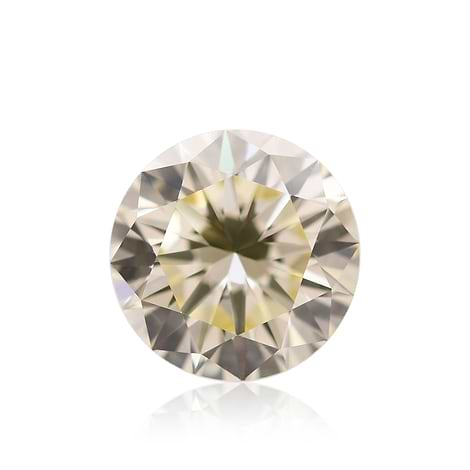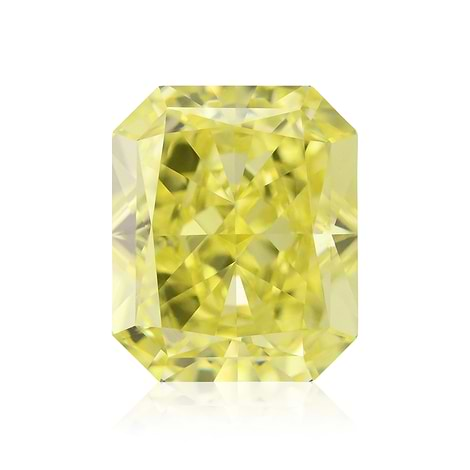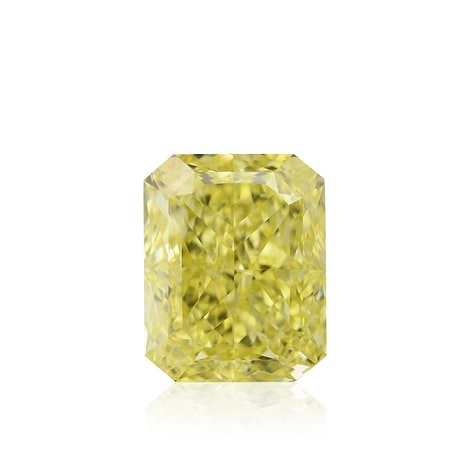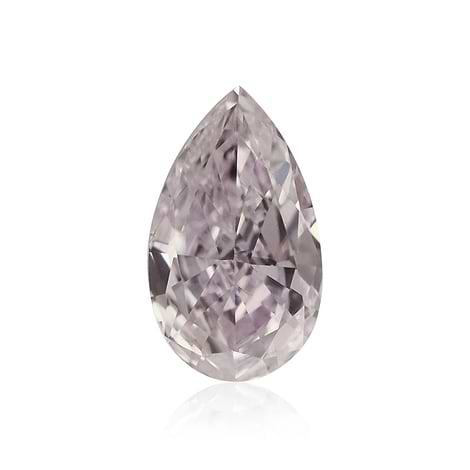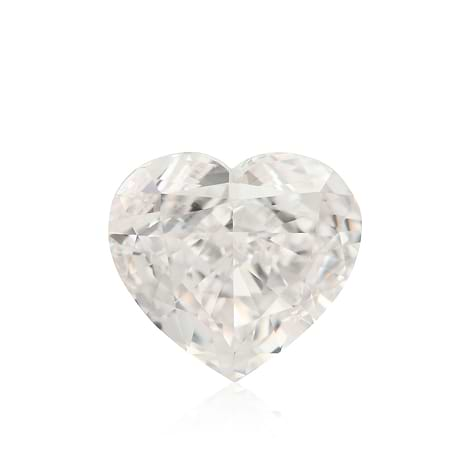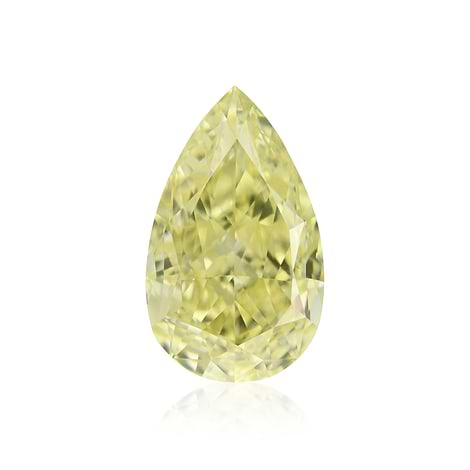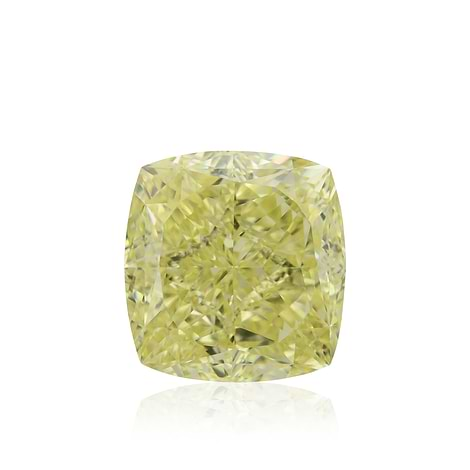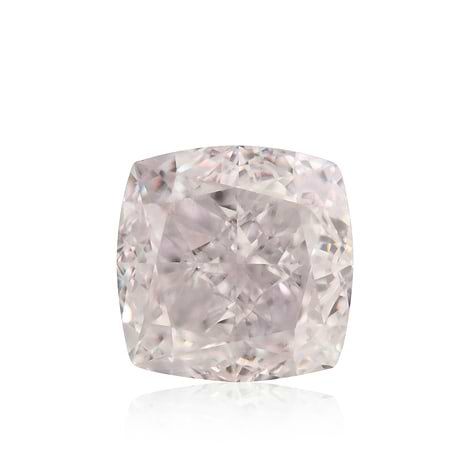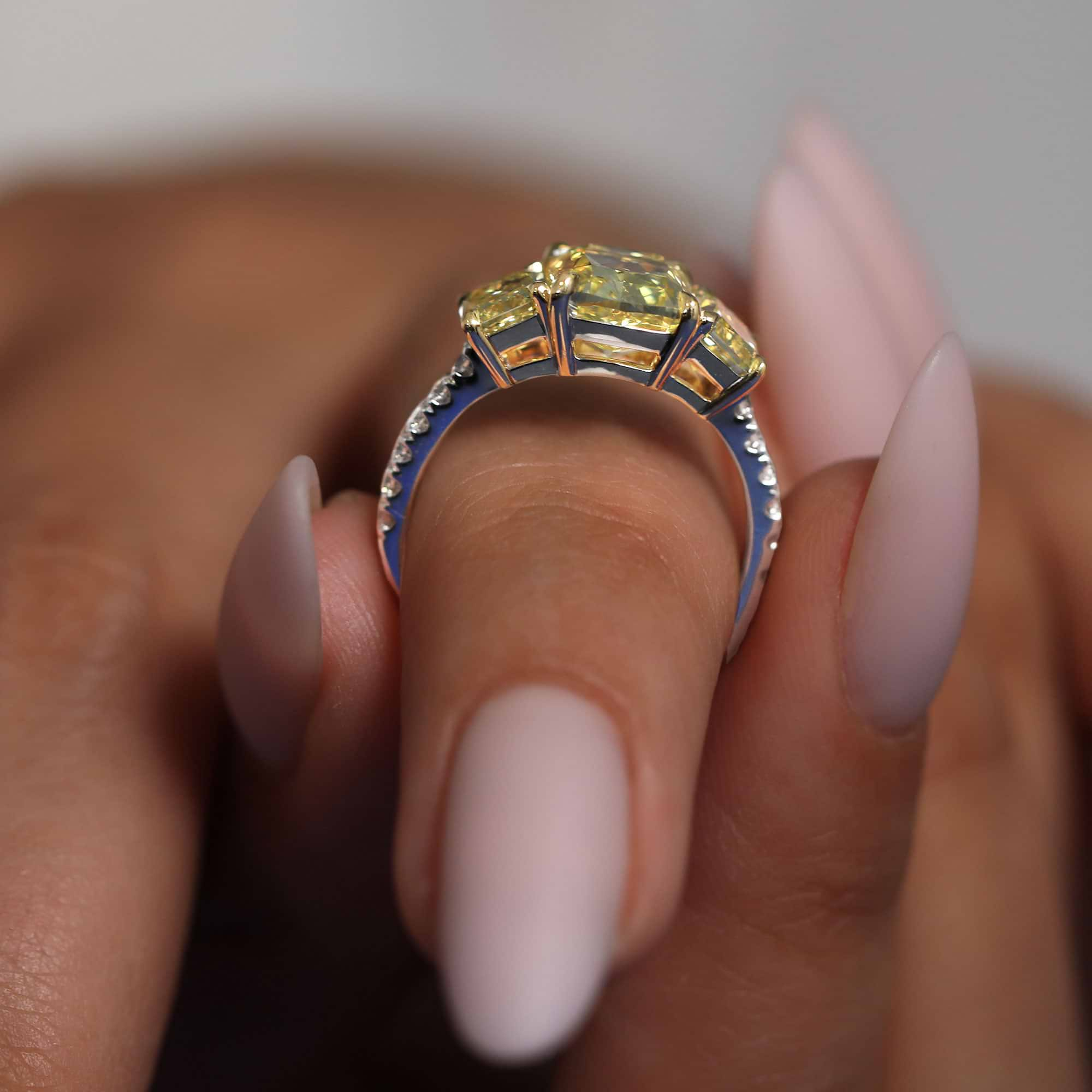Similar to any other important purchase, nobody wants to rush to a quick decision before doing a little research. Developing a better understanding of the product enables you to select more accurately what you want and help minimize the spectrum of your selection. Furthermore, especially in the case of fancy color diamonds where there is no standardized pricelist, it is necessary to familiarize yourself with at least the very basics of the trade in order to ensure you know what to look for and are not taken advantage of.
Since not everyone possesses the ability or the time to sit down and read through the collage of articles that describe the many different characters of color diamonds, we thought it best to put together a quick guide for color diamond education.
|
|
The 4Cs of Fancy Color Diamonds
Diamonds are assessed by four main attributes. However, unlike colorless diamonds, where the 4Cs (color, cut, clarity, and carat) are all of equal value, the attribute of color is considered most significant. Hence, when it comes to natural fancy colored diamonds, the diamonds color is the most significant factor.
Color
The color of the stones is defined by both the actual Color and the Intensity in which it is shown. The three attributes that are used to assess the stones color are the hue, the tone, and the saturation.
- The hue is the tint of color(s) present in the stone.
- The tone is the lightness or darkness of the color. The higher the tone, the darker the color.
- The saturation is the strength or purity of the colors and is widely recognized as intensity.
The Intensity of the color is broken down to nine intensity grades. Since the preference of Color Intensity depends on the individual, there is no one Intensity that is considered better than another. However, as a result of its rarity, the value of the diamond increases through the scale.
- Faint
- Very Light
- Light
- Fancy Light
- Fancy
- Fancy Intense
- Fancy Vivid, Fancy Deep, or Fancy Dark
|
|
Carat
The carat weight of the diamond refers to the actual weight of the stone and is indicated according to the nearest hundredth of its weight. Each carat is divided into 100 points, so if a diamond weighs 1/2 of a carat, meaning 50 points, its weight would be recorded as 0.75ct.
Although the carat weight has much to do with the actual size of the stone, it is important to consider is the diamond proportions. Depending on the cut, it is possible that more weight may appear in the pavilion of the stone as opposed to the table.
|
|
Clarity
The clarity grade describes the number of internal or external imperfections found in a diamond that can be seen with a 10X magnification. Although the clarity of the stone is an important characteristic, and will significantly affect the cost as well, because these stones are so rarely found it is not considered critical that the diamond be clear of inclusions. Furthermore, as a result of the color, some inclusions are far more difficult to see with the naked eye.
The table below defines the various levels of clarity in the GIA clarity scale for both white and color diamonds.
 |
Flawless (FL) | A stone that is completely flawless. This is an extremely rare find. |
 |
Internally Flawless (IF) | A stone that has no internal flaws at all but does have surface flaws. Also, an extremely rare find. |
 |
Very Very Slight Inclusion (VVS1/VVS2) | A stone with very small internal inclusions. These inclusions can only be determined with a X30 magnification. |
 |
Very Slight Inclusion (VS1/VS2) | A stone with very small internal inclusions. These inclusions can be determined with a X10 magnification. |
 |
Slight Inclusion (SI1/SI2) | A stone that has slight inclusions that can be determined with a X10 magnification. |
 |
Inclusion or Pique (I1/I2/I3 or P1/P2/P3) | A stone that has inclusions most often visible with the naked eye. Inclusions of this level drastically bring down the diamonds value. |
Cut
The Cut of a diamond is considered by both the Polish and the Symmetry of the stone.
The Polish describes the look and feel of the external face of the stone. It defines how smooth the surface was cut and whether any surface imperfections are sufficient to affect the clarity grade. Polish is graded according to one of the five levels on the GIA scale.
|
|
The GIA grading scale includes five different grades:
- Excellent
- Very Good
- Good
- Fair
- Poor
Similarly, the Symmetry is measured by the same grading scale. It describes the measured proportions between the shape, placement, and facet alignment of the stone. The Symmetry grade is inclusive of both Proportion Symmetry and Facet Symmetry.
- The Proportion Symmetry is the configuration and equilibrium of the diamond’s table, culet, angles, and girdle, i.e. the external parts of the diamond.
- The Facet Symmetry refers to the shape, placement, and presence or absence of diamond facets.
Like any diamond, regardless of whether it is naturally color or colorless, the same four main attributes are all considered the most important characteristics by which any diamonds is assessed.
Contributor: Benji Margolese
